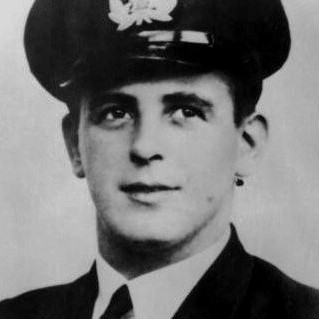
b: 1916
James Camb
Summary
Name:
Nickname:
The Porthole MurdererYears Active:
1947Birth:
December 16, 1916Status:
DeceasedClass:
MurdererVictims:
2Method:
StrangulationNationality:
United Kingdom
b: 1916
James Camb
Summary: Murderer
Name:
James CambNickname:
The Porthole MurdererStatus:
DeceasedVictims:
2Method:
StrangulationNationality:
United KingdomBirth:
December 16, 1916Years Active:
1947Date Convicted:
March 22, 1948bio
James Camb was born on 16 December 1916 in the United Kingdom. Details about his early life are scarce, but by the 1940s, he was employed as a deck steward aboard the MV Durban Castle, a passenger liner operating between South Africa and the United Kingdom. His role involved attending to passengers, and during voyages, he was expected to maintain professional boundaries, especially with first-class passengers. Camb was known to be personable and had a reputation among some colleagues for being overly familiar with passengers, which occasionally led to reprimands.
murder story
On 10 October 1947, the MV Durban Castle set sail from Cape Town, South Africa, heading towards Southampton, England. Among its passengers was 21-year-old British actress Eileen Isabella Ronnie Gibson, known professionally as Gay Gibson. She had been touring South Africa and was returning to London for theatrical engagements.

On the night of 17 October, after spending the evening dancing, Gibson was escorted to her first-class cabin, number 126, by friends around 11:30 PM. In the early hours of 18 October, at approximately 3:00 AM, the ship's watchman, Frederick Steer, responded to an emergency call from Gibson's cabin. Upon arrival, he found the cabin door slightly ajar and was met by Camb, who assured him that everything was fine. Steer, noting nothing overtly amiss, departed.
Later that morning, stewardess Eileen Field discovered that Gibson was missing. Her bed was unmade, the sheets were stained, and the cabin's porthole was open. Captain Patey initiated an investigation, during which Camb initially denied any involvement. However, when confronted with evidence, he admitted to being in Gibson's cabin and claimed that she had died suddenly during a consensual encounter. Fearing the repercussions of being found in a compromising situation, he confessed to pushing her body through the porthole into the Atlantic Ocean.

Camb was arrested upon the ship's arrival in Southampton on 27 October 1947. His trial commenced on 18 March 1948 at Winchester Assizes. Despite the absence of a body, the prosecution presented compelling circumstantial evidence, including testimonies about Camb's inconsistent statements and forensic findings from the cabin. After a four-day trial, the jury deliberated for 45 minutes before delivering a guilty verdict.
Camb was sentenced to death by hanging. However, due to a temporary suspension of the death penalty in the UK, his sentence was commuted to life imprisonment. He was released on license in 1959 but was re-incarcerated in 1970 following convictions for indecent assaults on young girls. Camb was released again in 1978 and died of heart failure in July 1979. Throughout his life, he maintained that Gibson's death was accidental.